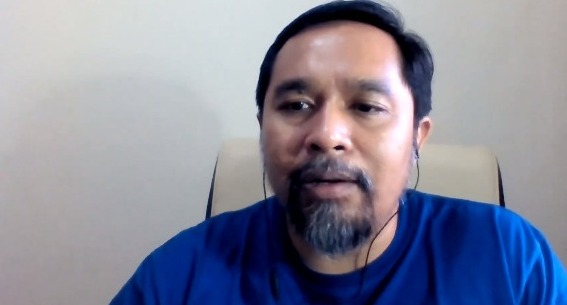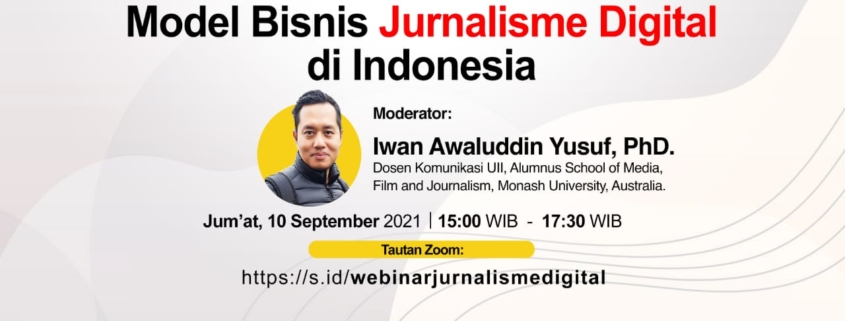Investigative journalism is a must. It became a battering ram and revealed actors behind the tyranny of power. But it seems that many books on investigative journalism are only in the realm of theory. It only becomes a textbook or textbook in classrooms. There are political and psychological realities in the field that are also essential to be photographed to be used as learning and development of investigative journalism.
Masduki, Lecturer at Department of Communications of Universitas Islam Indonesia, said the book that can be used as a reference on Investigative Journalism nowadays is “investigative journalism” written by Dhandy Dwi Laksono. “Meanwhile, the other books are books written by former practitioners who are now academics,” said Masduki. Masduki is a speaker at the Book Review of “Stories of Investigative Journalism” on September 24, 2021, via Zoom meeting. “The downside is, books like this only reproduce textbooks and are more theoretical,” he added.
The book review, organized by the Alliance of Independent Journalists (AJI) Yogyakarta, also featured the author of the book, Agoeng Wijaya (Managing Editor of Tempo Magazine). Yogi Zul Fadhli (Director of LBH Jogja) is also the speaker. The discussion are guided by Faried Cahyono (AJI Yogyakarta Member) as moderator.
This book, said Masduki, will add references to investigative journalism itself and be a lesson for journalists/practitioners, academics, aspiring journalists, and observers. “Thus, AJI Jogja has expanded its reach not only to journalists but also to their supporting institutions,” said Masduki.
According to Masduki, this also proves that journalists should be able to write news that offers information and become journalists who are also intellectuals. As a journalist and intellectual, they are a person who has the authority to write their views—both about their profession and things outside of themself.
This book is also proof that this book is a marker of the author’s concern for the generation to be more concerned with a more specific skill, namely investigation. “I also see that books on investigative journalism are still rare. Both in terms of quantity and quality,” he said.
For Masduki, who is also a doctor in media and public broadcasting, another drawback of textbooks is that they fail to capture the atmosphere. For example, said Masduki, the empirical atmosphere in the field, or journalists’ psychological and political pressure on the ground. Textbooks in college classes are also left behind in photographing the development of the work pattern of journalism itself.
“Now is the digital and Digital journalism era. In the past, what was mentioned was the classic investigative journalism recipe. There are three recipes: the paper trail, the people trail, and the money trail,” Masduki explained. “That’s part of it now can be tracked using digital platforms. This is not discussed in digital journalism books, even journalism books in Indonesia.”








